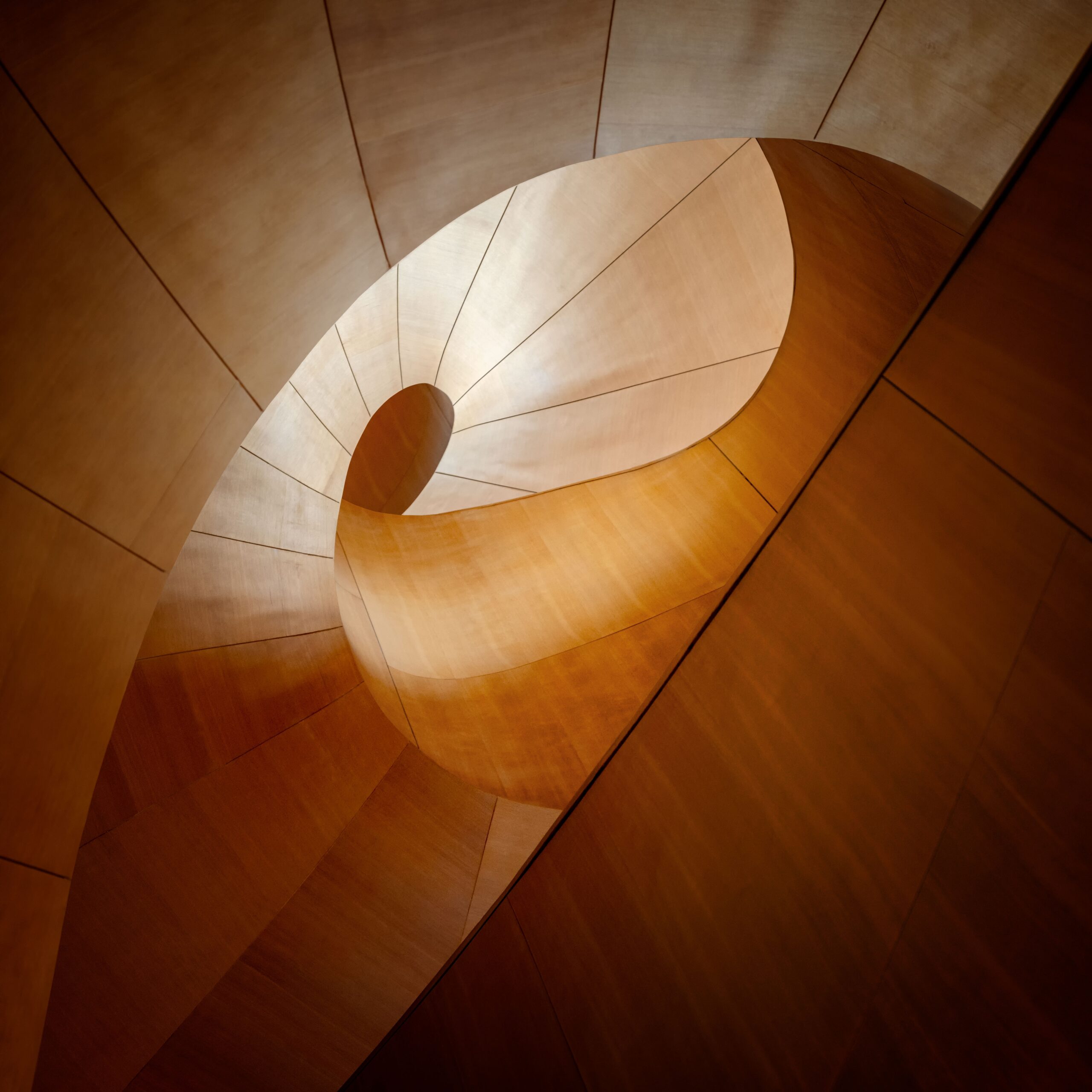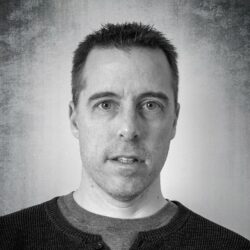



Interview with Louis-Philippe Provost
BIFA 2024 Photographer of the Year, 1st Place, Professional Architecture, “Spiral At The Museum”
Q: Can you tell us a bit about your background and what inspired you to embark on a career in photography? Was there a specific moment when you realized this was your calling?
My name is Louis Philippe Provost, and I’m a 48-year-old photographer based in the beautiful Ottawa region of Canada. My journey began when I graduated from La Cité Collégiale with a degree in photography many years ago. After spending a decade working in a pro photo lab, mastering post-processing and printing, I transitioned into specializing in architecture and abstract photography. My love of travelling, especially to urban cities, combines my two passions. I’m also a proud member of PPOC (Professional Photographers of Canada), a supportive community that continually pushes me to grow as an artist.
Q: What was the inspiration behind your winning project? How did the idea come to you, and what message were you aiming to convey through your work?
I’ve always admired the architectural genius of Frank Gehry and have had the privilege of photographing several of his iconic projects, such as the Stata Center and the Walt Disney Concert Hall. Despite living just a few hours from Toronto, I had never seen the AGO (Art Gallery of Ontario) with its breathtaking spiral staircase until last fall. When the opportunity finally arose, I was captivated. The goal of the series was to showcase the craftsmanship and elegance of the staircase, with a particular focus on controlling light to emphasize the curvature, texture, and warm tones of the wood.
Q: Every great story comes with its challenges. What were some of the hurdles you faced while capturing your award-winning project, and how did you overcome them?
This was probably one of the easiest series that I have ever done! The museum was relatively quiet during my visit, and the overcast day provided a soft, diffused light that complemented the architecture beautifully. I was able to manipulate the light in post process without worrying about harsh sun rays or strong shadows.
Q: What motivated you to enter the Budapest International Foto Awards? What does winning 1st place in your category mean to you personally and professionally?
Five years ago, I began entering national and international photography contests as a way to challenge myself and to compare my work to some of the most talented artists worldwide. Winning Photographer of the Year is an honor that I’m still processing—it’s both humbling and exhilarating. I’m extremely grateful for the recognition and the exposure that BIFA is giving me.
Q: Could you share some insights into the equipment and techniques you used to create your winning images? Is there a particular tool or method you always rely on?
I’ve been using Nikon gear for the past 25 years. I recently upgraded to a Nikon Z7ii, which has exceeded all my expectations. While my gear is important, much of the magic happens during post-processing. I often spend 5 to 10 hours on a single image retouching and enhancing every part of the composition in photoshop.
Q: Looking back on your journey, what has been the highlight of your career so far? How does this award compare to other milestones you’ve achieved?
I love being an artist, every project is different, and I have no idea what the future holds. This award is one of the highlights of my photographic journey. All recognition is so gratifying and motivates me to keep exploring and working on improving as a photographer.
Q: What advice would you offer to emerging photographers hoping to make their mark in the industry? Are there any lessons you’ve learned that you wish you’d known earlier?
Patience and perseverance are keys. Embrace your mistakes as learning opportunities, study the work of others, and stay curious about new techniques. Most importantly, avoid imitating someone else’s style—discover your own by focusing on what you’re passionate about. Also, entering photo contests is an excellent way to measure your progress and grow as an artist.
Q: Photography is often described as a universal language. How do you approach storytelling in your work, and how do you connect emotionally with your audience?
For me, storytelling is about simplicity. One of my college professors used to say, “Zoom in, focus on one detail, and leave out the unnecessary.” I try to concentrate my vision on enhancing details in my composition, playing with light and contrast, bringing the viewer to a sense of directness and simplicity.
Q: If you could work on any photography project in the world, unrestricted by budget or location, what would it be and why?
I would love to explore the futuristic skyscrapers and modern architecture of Dubai and Doha. These cities are home to some of the most innovative and awe-inspiring designs in the world, and it would be a dream come true to photograph these marvels of architecture.
Q: What’s next for you after this incredible achievement? Are there any upcoming projects or goals that you’re particularly excited about?
One of my goals is to organize a vernissage to showcase my work. I’m also working on a photo book that highlights the stunning architecture of Canada’s national capital, Ottawa. Both projects are deeply personal, and I’m excited to see where this journey takes me.